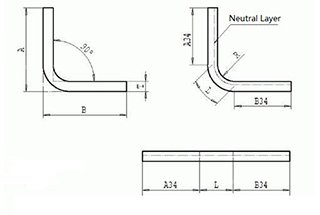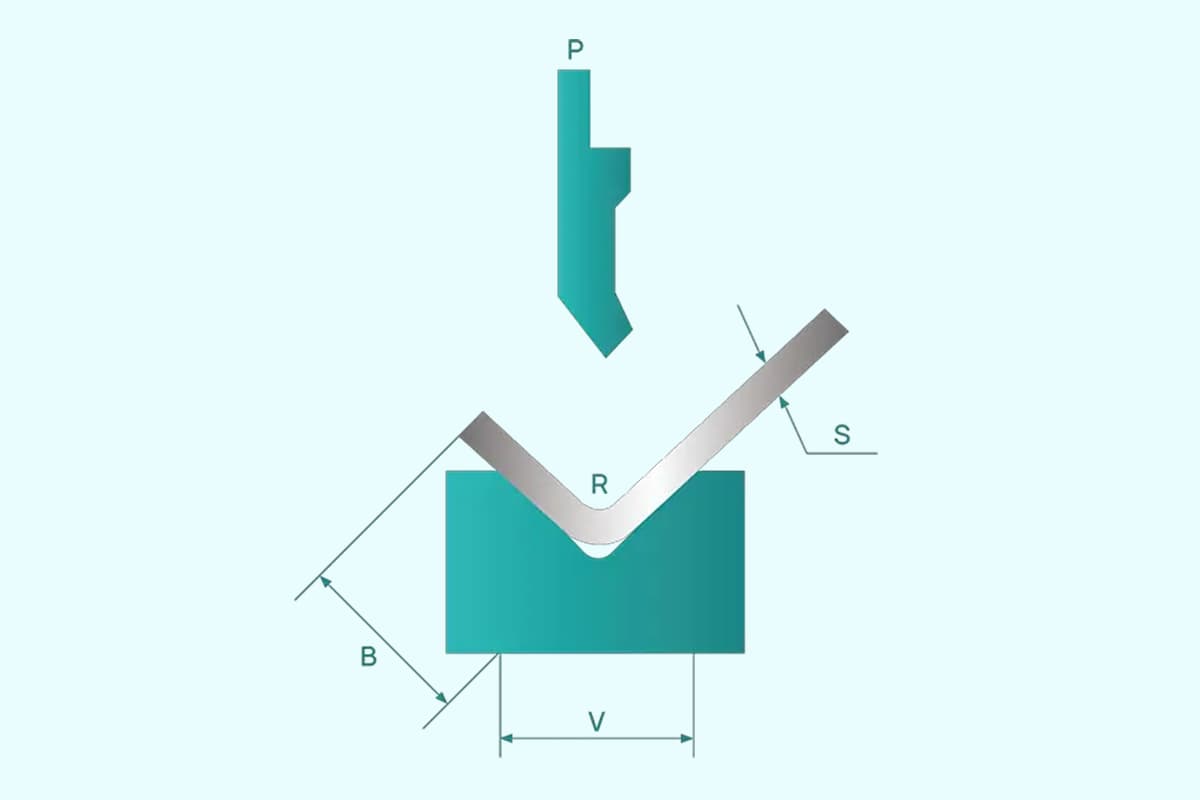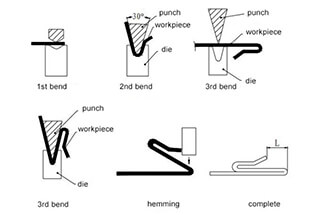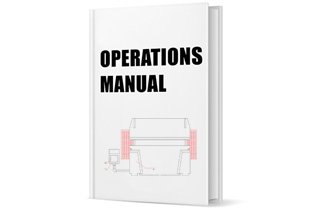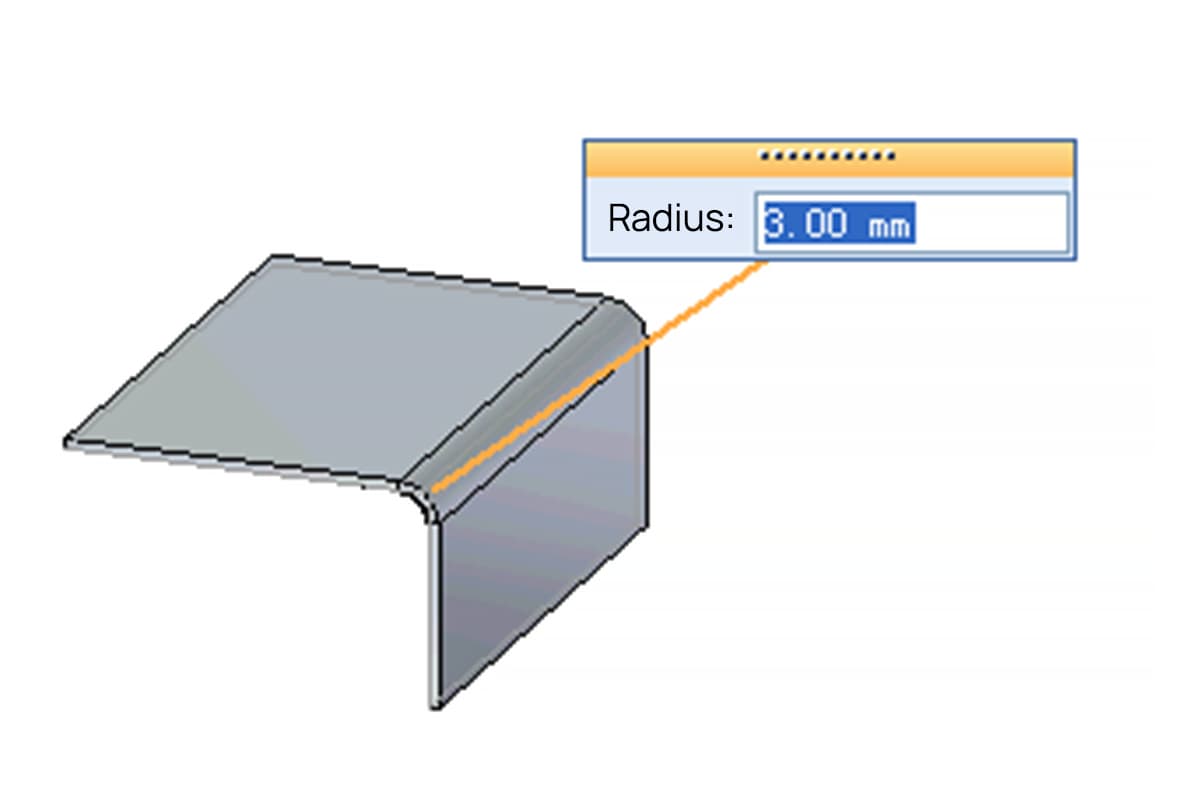
Ever wondered why some aluminum plates bend effortlessly while others crack? The key lies in the type and state of the aluminum. This article explores various aluminum grades, like 3003 and 5052, which bend well, and highlights those, such as 6061-T6, that require special handling. Understanding these differences can prevent costly mistakes in your metalworking projects. Read on to discover which aluminum plates suit your bending needs and why their properties matter.
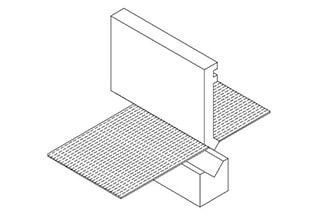
When processing or designing sheet metal parts, bending cracks are often encountered when bending aluminum plates.
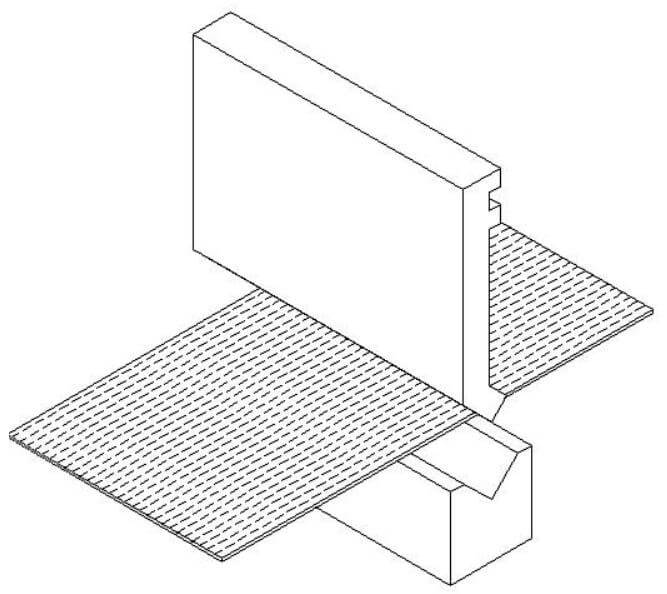
When processing sheet metal parts, the choice of aluminum material can affect the bending performance. The state of the material, such as full hard, semi-hard, and soft (also known as O state), affects the bending results.
Full hard aluminum plates (with states such as h18, H19, h38, etc.) are not ideal for bending. Aluminum plates in the semi-hard state (such as H24) can be bent effectively. The O state, which is too soft, is not commonly used for bending purposes.
Pure aluminum is rarely used in sheet metal processing. Instead, alloy aluminum is commonly used, with semi-hard alloys such as 3003, 3005, and 5052 being suitable for sheet metal bending. However, alloys such as 6061, 2024, and 7075, with high hardness, especially in the T6 state, should not be bent without heating and additional bending processes.
The difference between good and poor aluminum plates lies in factors such as oxidation performance, tolerance, surface quality, crystal accuracy, and stability, but has little effect on bending performance.
The 1050, 1060, 1070, and 1000 series aluminum plates are also referred to as pure aluminum plates. The 1000 series belongs to the series with the highest aluminum content, with a purity level of over 99.00%. Due to the lack of other technical elements, the production process is relatively simple and the price is relatively low. This makes it the most widely used series in conventional industries today, with most of the products in circulation in the market being 1050 and 1060 series.
The minimum aluminum content of the 1000 series aluminum plate is determined by the last two digits, for example, 50 in the 1050 series. According to international branding standards, the aluminum content must reach 99.5% to be considered a qualified product. This is also stipulated in China’s aluminum alloy technical standard (GB/t3880-2006), which requires that the aluminum content of 1050 must be 99.5%. Similarly, the aluminum content of 1060 series aluminum plates must be over 99.6%.
The pure aluminum plate 1060 is mainly used in applications that require high corrosion resistance and formability, but for parts with low strength such as chemical equipment, marine equipment, railway oil tank cars, conductor materials, instrument materials, welding rods, etc.
The 2A16 (LY16), 2A06 (LY6), and 2000 series aluminum plates are known for their high hardness, with the highest original copper content at around 3-5%. The 2A12 aluminum alloy is a high-strength hard aluminum that can be strengthened through heat treatment. It has good spot weldability but tends to form intergranular cracks when gas welding or argon arc welding is used. The 2A12 aluminum alloy has good machinability after cold work hardening, but its corrosion resistance is not high. Anodizing and painting methods or aluminum coating on the surface are often used to improve its corrosion resistance.
The 2000 series aluminum plate belongs to aviation aluminum material and is not widely used in conventional industries at present. Currently, there are few manufacturers in China producing 2000 series aluminum plates, and the quality is not comparable to that of foreign countries. Imported aluminum plates are mainly supplied by Korean and German manufacturers. However, with the development of China’s aerospace industry, the production technology of 2000 series aluminum plates will continue to improve.
The 3000 series aluminum plates are primarily represented by 3003, 3003, and 3A21 and can also be referred to as anti-rust aluminum plates. The production process of 3000 series aluminum plates in China is excellent, and they are mainly composed of manganese with a content ranging between 1.0-1.5%. This makes it a series with good anti-rust properties, commonly used in humid environments such as air conditioners, refrigerators, and undercarriages. The price of 3000 series aluminum plates is higher than that of the 1000 series, but it is a more commonly used alloy series.
3000 series typical grade and its application:
The 3003 aluminum is primarily utilized for processing parts that require good molding performance, high corrosion resistance, or good weldability, or for workpieces that require higher strength than the 1000 series alloy. Examples include tanks and containers for transporting liquids, pressure tanks, storage devices, heat exchangers, chemical equipment, aircraft fuel tanks, oil ducts, reflective plates, kitchen equipment, washing machine cylinder blocks, rivets, and welding wire.
The 3004 aluminum is used for parts that require higher strength than the 3003 alloy and is commonly used in the production and storage of chemical products, sheet processing parts, building baffles, cable ducts, sewers, and various lamp parts.
The 4000 series aluminum plate represents the 4A01 series, which has a high silicon content, usually between 4.5-6.0%. This series is commonly used for building materials, mechanical parts, forging materials, and welding materials. The 4000 series aluminum plate has a low melting point and good corrosion resistance, and is known for its heat resistance and wear resistance.
The 5000 series aluminum plate is comprised of the 5052, 5005, 5083, and 5A05 series. It is a commonly used alloy aluminum plate series, with the main element being magnesium, with a magnesium content between 3-5%.
This series is referred to as the aluminum-magnesium alloy and has low density, high tensile strength, and high elongation. It is lighter than other series with the same area, making it a popular choice for aviation applications, such as aircraft fuel tanks.
The 5000 series aluminum plate is widely used in conventional industries and is processed through continuous casting and rolling, making it a hot-rolled aluminum plate series that can undergo deep oxidation processing. In China, the 5000 series aluminum plate is one of the more mature aluminum plate series.
5000 Series typical grade and its application:
The 5052 aluminum plate has good forming and processing properties, as well as good resistance to corrosion, weldability, fatigue strength, and medium static strength. It is commonly used in the production of aircraft fuel tanks, oil pipes, sheet metal components, instruments, street light supports, rivets, and wires.
6061 aluminum has a high magnesium and silicon content, combining the benefits of both the 4000 and 5000 series aluminum alloys.
It is a cold-treated aluminum forging product, making it ideal for applications requiring high resistance to corrosion and oxidation. It is highly usable with excellent surface properties, easy to coat, and has good processing capabilities. 6061 aluminum is commonly used for low-pressure weapons and aircraft joints.
General Characteristics of 6061 Aluminum: Excellent bonding properties, simple to coat, high strength, good workability, and resistance to corrosion.
Typical Applications of 6061 Aluminum: Aircraft components, camera components, couplings, marine accessories and hardware, electronic accessories and connectors, decorative or miscellaneous hardware, hinge heads, magnetic heads, brake pistons, hydraulic pistons, electrical accessories, valves, and valve components.
7075 Aluminum is primarily composed of zinc and belongs to the Aviation series. It is an aluminum-magnesium-zinc-copper alloy, heat treatable, super hard, and has good wear resistance.
The 7075 aluminum plate is stress relieved and will not deform or warp after processing. All super large and thick 7075 aluminum plates undergo ultrasonic detection to ensure the absence of sand holes and impurities.
This aluminum plate has high thermal conductivity, which speeds up the forming process and improves work efficiency. The main characteristic of 7075 aluminum is its hardness.
7075 is a high-hardness and high-strength aluminum alloy commonly used in the manufacture of aircraft structures and components. It is suitable for the production of high-stress structural parts and molds that require high strength and strong resistance to corrosion.
Currently, 7075 aluminum mainly depends on imports, and China needs to improve its production technology.
8011 Aluminum is part of a different series.
It is commonly used to manufacture bottle caps and radiators. Its most frequent application is as aluminum foil, which is not as widely used.

